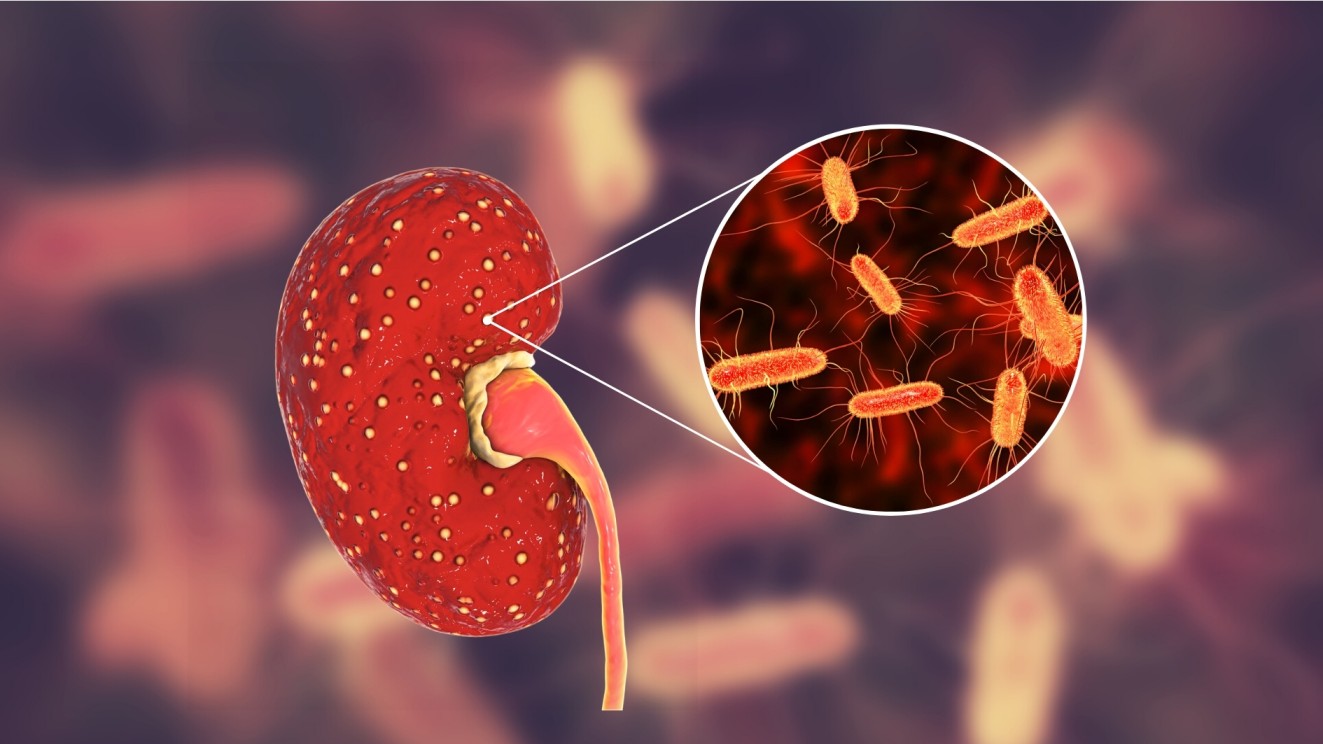Urinary tract infections (UTIs) are considered as the most commonly diagnosed infectious diseases caused by bacteria. The urinary system is composed of the kidneys, bladder, ureters and urethra. The infection can attack any part of the urinary tract.
The urinary tract infection is divided into two types:
Urinary tract infections in men tends to be less common compare to women and this is due to the anatomical differences, because the length of the urethra is 20 cm in men in contrast with 5 cm in women.
At most of the cases a bacteria known as Escherichia coli is the cause of the infection, Most of these infections follow invasion of the urinary tract by the ascending route.
The risk of infection increases with age in men, specially those have impaired bladder emptying due to prostatic disease.
There are factors that increase the risk of infection in old people, including:
UTIs in men is usually asymptomatic, but if symptoms occur they may include:
Usually the treatment is based on the pathogen causing the infection and this include the antibiotic medications. Most medications which is used to treat UTIs in men include:
1. Carol Mattson Porth, Glenn Matifn/ Pathophysiology: Concepts of Altered Health States/ 8th edition/ Philadelphia, United States/ Lippincott Williams and Wilkins/ 2009
2. Vinay Kumar, Abul K. Abbas, Jon C. Aster/ Robbins Basic Pathology/ 9th edition/philadephia, United states/ Elsevier-Health sciences Divition/ 2012
3. Parveen Kumar, Michael L. Clark/ Kumar and Clark's Clinical Medicine/ 8th edition/ London, United Kingdom/ Elsevier Health Sciences/ 2012
An infection of the urinary system is called UTI, Symptoms of UTI vary according to the part of the urinary tract that is infected,

Pyelonephritis refers to the infection of the kidney (s), it has two types: acute pyelonephritis &chronic pyelonephritis

The urethra is a muscular canal that extends from the neck of the bladder to the exterior of body. Read more about the anatomy of urethra in this article.

Chronic kidney disease (CKD) is a disease in which irreversible damage to the kidneys leads to a reduction in kidney function. CKD has 5 stages and many complications.

Learn about medical uses, safety profile, mechanisms and interactions of statins.

Comprehensive guide on Ozempic (semaglutide), including its uses, dosage, side effects, warnings, and interactions.
.png)